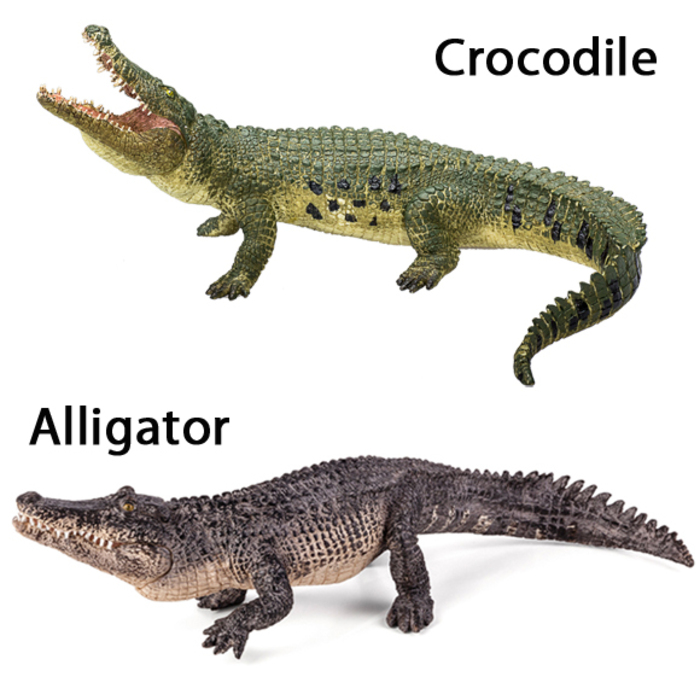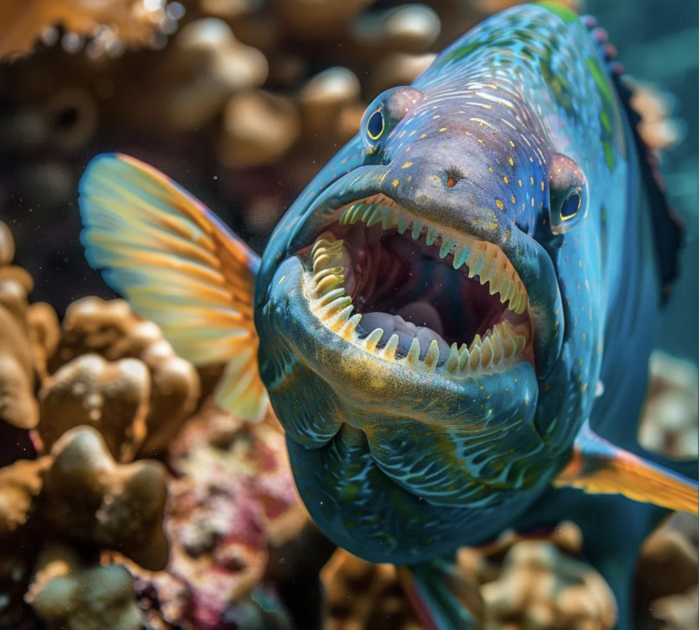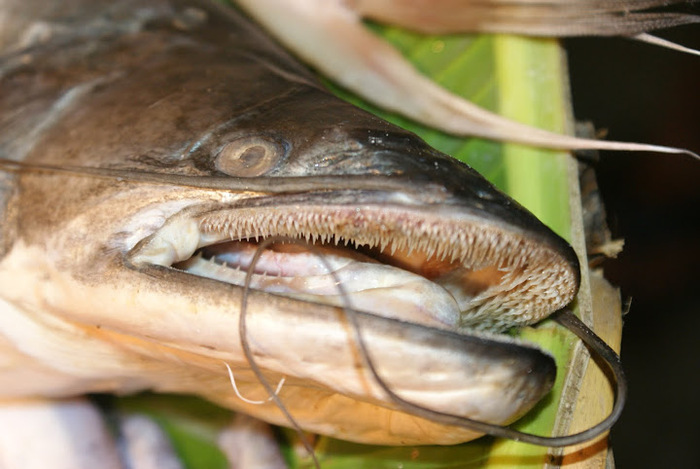When we think about animals, one feature that often stands out is their teeth—whether it’s the intimidating grin of a great white shark or the efficient gnawing of a beaver. But what about the animals with the most teeth? This article dives into the fascinating world of animals with the most teeth, from oceanic creatures like sharks to reptiles like crocodiles. Let’s explore how these creatures use their teeth, the astonishing number of teeth they possess, and which animals hold the crown for the most teeth in the animal kingdom.
There are numerous animals in nature with impressive tooth collections, all designed for various purposes such as feeding, hunting, and survival. These animals with the most teeth have unique adaptations that allow them to thrive in their environments. Whether for crushing prey, stripping plant matter, or defending themselves, these creatures’ teeth play a critical role in their survival.
Sharks are perhaps the most iconic example of animals with the most teeth, and their teeth are often the subject of awe and fear. Some species of sharks, like the great white or the bull shark, can have up to 300 teeth arranged in multiple rows. What's fascinating is that sharks don't keep their teeth for long—they shed and replace them constantly, with some sharks growing up to 40,000 teeth in their lifetime.

Teeth Count: Sharks can have over 3,000 teeth at any given time, and they shed and grow new teeth regularly.
Special Features: Shark teeth are triangular, sharp, and designed for cutting, ripping, and tearing through flesh. Their teeth are specialized to help them efficiently catch and devour prey.
Fun Fact: Sharks lose a tooth approximately once a week, ensuring they always have a sharp set of teeth ready for their next meal.
When it comes to reptiles, crocodiles and alligators rank high among animals with the most teeth. These fearsome predators have teeth that are perfect for gripping and tearing their prey. With a jaw designed to deliver a powerful bite, these reptiles can have anywhere from 60 to 110 teeth depending on the species.

Teeth Count: Crocodiles typically have around 64 to 80 teeth, while some alligator species can have up to 110.
Special Features: Their teeth are conical and pointed, ideal for holding onto prey tightly. Crocodiles and alligators also constantly regenerate lost teeth throughout their lives, ensuring they always have a full set.
Fun Fact: Crocodiles' teeth are so well adapted for their environment that they can easily crack open the hard shells of turtles, showing their power and versatility.
While sharks are well known for their toothy grins, other fish species also have impressive tooth counts. Some parrotfish and piranhas hold the title of animals with the most teeth, though their tooth function differs. For instance, parrotfish have large, fused teeth that resemble a beak, which are perfect for grazing on coral and algae.

Teeth Count: A parrotfish can have over 1,000 teeth in its mouth at any time. Similarly, piranhas have sharp, triangular teeth designed for slicing through flesh.
Special Features: The parrotfish’s fused teeth allow them to grind coral and algae, while piranhas’ sharp teeth help them tear into their prey with precision.
Fun Fact: The teeth of some fish, such as parrotfish, are actually fused into a single structure, resembling a beak, which helps them easily scrape off algae from rocks.
Although mammals generally don’t have as many teeth as sharks or crocodiles, some species still have impressive tooth collections. The hippopotamus, for example, has tusks that grow continuously, and certain rodents, like beavers, are known for their ever-growing teeth that they use to gnaw on wood.
Teeth Count: Beavers have 20 teeth, while hippopotamuses have 40 teeth, including their giant tusks.
Special Features: Hippos’ tusks are used for fighting, while beavers’ sharp teeth are perfect for cutting through trees and logs.
Fun Fact: Beavers’ teeth grow continuously throughout their lives, requiring them to gnaw on wood to keep their teeth from growing too long.
The tooth count in animals varies significantly depending on their size, diet, and evolutionary needs. Herbivores like cows or horses have flatter teeth for grinding plants, while carnivores like tigers or lions have sharp, pointed teeth for tearing flesh. Interestingly, some animals, such as sharks and crocodiles, continually grow and shed their teeth, allowing them to maintain their tooth count throughout their lives.
Special Features: Animals with large tooth counts usually have teeth specialized for specific tasks, whether it's biting, chewing, or cutting.
There are several species that are known to have over 100 teeth, and they usually come from the world of fish or reptiles. For instance, catfish can have over 100 teeth, which they use for grabbing prey such as small fish or invertebrates.

Teeth Count: The catfish can have more than 100 teeth in its mouth, which helps it grasp onto slippery prey.
Special Features: Catfish have sharp, needle-like teeth that help them latch onto prey, while their strong jaws help them hold onto fish even in fast-moving waters.
Fun Fact: Catfish’s teeth are not only sharp but can also be quite numerous, helping them catch a variety of prey from the depths of freshwater environments.
Teeth Growth: Many animals with the most teeth, such as sharks, alligators, and crocodiles, have the ability to regenerate teeth throughout their lives.
Diversity of Teeth Functions: While carnivores have sharp teeth for tearing meat, herbivores use their teeth for grinding plants, and omnivores have a mix of both sharp and flat teeth for eating a varied diet.
Tooth Specialization: In nature, teeth are highly specialized. Some animals, like parrotfish, have beak-like teeth, while others, like piranhas, have serrated edges for cutting through flesh.
| Animal | Teeth Count | Special Features |
|---|---|---|
| Sharks | Over 3,000 | Continuously shedding and replacing teeth |
| Crocodiles/Alligators | 60–110 | Sharp, conical teeth for gripping prey |
| Parrotfish | 1,000+ | Beak-like fused teeth for grazing |
| Piranhas | 20–30 | Razor-sharp teeth for biting |
| Catfish | Over 100 | Small, sharp teeth for gripping prey |
| Beavers | 20 | Continuously growing teeth for gnawing wood |
| Hippos | 40 | Massive tusks and molars for grinding |
In conclusion, animals with the most teeth are found across the animal kingdom, from the toothy jaws of sharks to the constantly regenerating teeth of crocodiles. These animals have adapted their dentition to suit their environment, whether for hunting, feeding, or self-defense. The number and type of teeth in each species are fascinating examples of how evolution has shaped their survival strategies. Next time you think of teeth in the animal world, remember that some creatures have jaw-dropping numbers, each suited perfectly to their unique needs.
animal tags: most-teeth
We created this article in conjunction with AI technology, then made sure it was fact-checked and edited by a Animals Top editor.